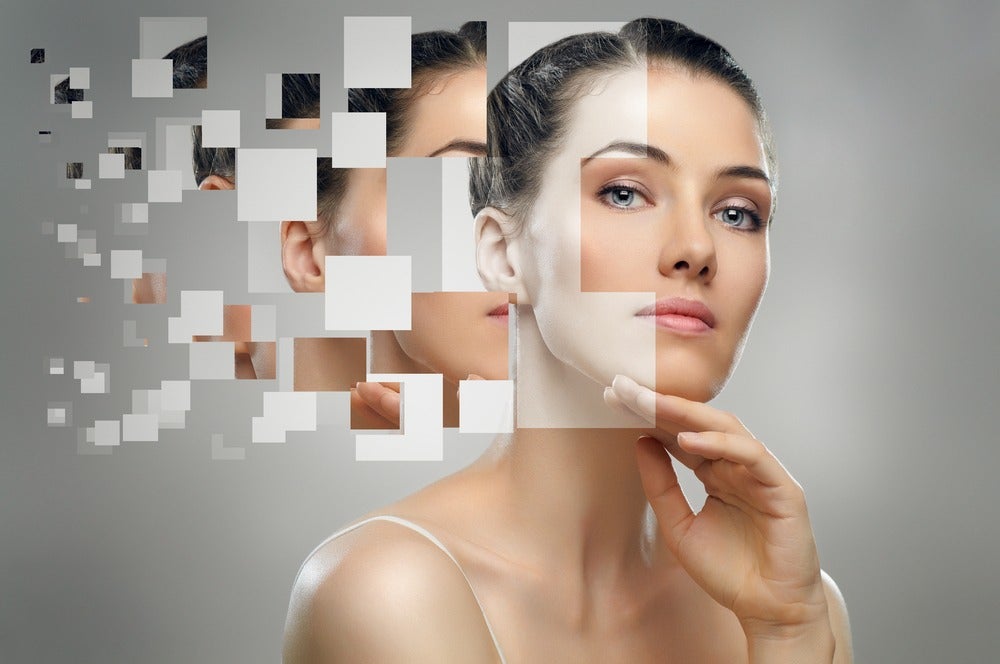
The pandemic has changed the world in how customers view retailers. Traditional shopping journeys have changed, and many have developed new priorities in terms of staying safe in public.
With new variants spreading and government guidance changing, people are still cautious to go back to normal. Some retailers are still not allowing fittings in-store and customers are hesitant to try on clothes and other products.
Online sales, however, have increased significantly over the pandemic. One of the ways that retailers have been developing their digital experience online is through augmented reality (AR).
UK-based AR expert Poplar Studio co-founder and CEO David Ripert tells Retail Insight Network how AR technology can be used to create a retail environment that bridges the gap between digital and physical shopping experiences.
AR technology helps to facilitate the return to retail
The opportunity to visualise a product prior to purchase or a visit to a brick-and-mortar store is a massive advantage to retailers and customers alike.
A digital commerce site has a massive impact on time saved shopping, an impulse desire to buy, and how the customer interacts with products. This will enable marketers and retailers to really understand who, when, and what purchases are being made.
We already have product visualisation through AR and 3D modelling on websites and apps while online shopping.
Consumers can visualise products in their own familiar environments such as furniture to see if the product fits the aesthetic and the room, making them more likely to make an impulse purchase online.
AR experiences keep customers engaged for longer than a standard image, or even video, increasing engagement levels on social platforms as well as on a retail website.
AR technology is becoming the new standard
Recently, Poplar Studio’s AR filter produced more than three billion impressions for Maybelline’s ‘#LiftMyMood’ lip gloss campaign, showing users an array of colour shades before allowing them to choose from three different types of products before purchase.
When consumers experience AR technology such as this, which allows them to try on products with ease, they begin to expect this experience in different brands.
Because of these expectations, retailers need to work to meet this new standard.
This extends beyond the cosmetics industry, as AR can be used for more than just ‘trying before buying’, but also by helping customers with purchase decisions.
For example, Google Lens incorporates AR technology which allows users to identify a product or point of interest. Once identified, the technology guides users to a source of more information via Search and users can then decide whether to buy right there and then.
Inventions in AR technology such as Google Lens are changing the landscape of how customers interact with the digital space and rely on technology to access content and products quicker than ever before.
We are seeing more and more examples of people visualising large purchase products such as a car or television in their own environment.
There has been an increase in people using augmented reality to place cars they are considering buying on their driveway to see how the vehicle looks in the environment where it will eventually be.
Through AR technology, customers can visualise products in an innovative, convenient, and easy way. With more brands and retailers using this technology than ever before, a new standard is being set in the retail industry, and so retailers need to invest in AR to match consumer expectations.



